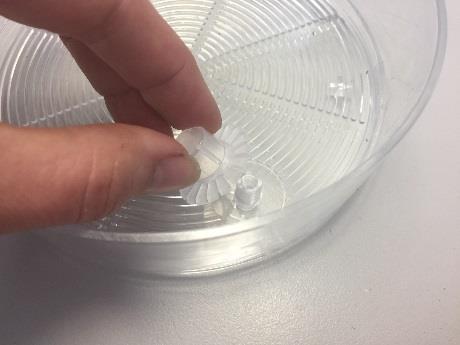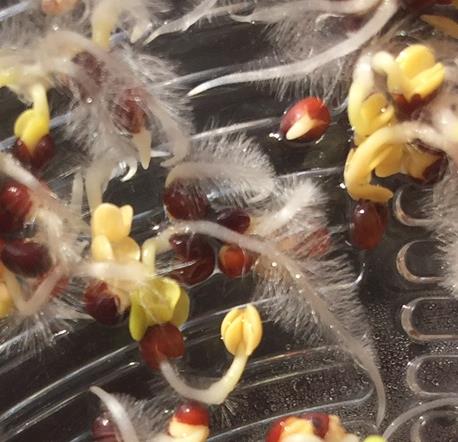Sprouter FAQ
Sprouting is possibly the easiest way to grow your own fresh produce. It also provides fast results, with crops ready to harvest in as little as four days. To help you make the most of your Kitchen Sprouter and sprouts we have put together a list of FAQ
Sprouter FAQ
How many seeds should I put in each tray of the Sprouter?
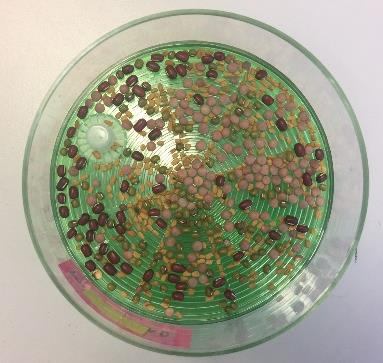
Only a spoonful or two. You don’t want to overfill the tray as it will restrict air flow and can spoil the harvest. The seeds will also swell up significantly as they germinate and take up more space.
My Sprouter isn’t draining properly, what should I do?
The Sprouter outlet caps may be too tight after production. Jiggle them a bit or remove them and put them back a few times to loosen them up. Also make sure you add enough water when rinsing your sprouts. You want the water to cover the cap completely for siphoning action to start.
My sprouts seem to be growing what looks like white mould. Is it?
What you might think of as mould could, in fact, be very fine hair roots. Some seed varieties grow these roots particularly if they dry out a bit - as an effort for the plant to find more moisture. So if the sprouts smell fine, and the 'mould' is white and not grey or green, then it's just the fine root systems!
My sprouts have quite a strong smell, is that normal?
You may notice an odour in the first couple of days when some seeds (e.g. broccoli and other brassicas) are sprouting. A slight odour is nothing to worry about, but to minimise it, water more frequently and be sure to empty the bottom tray regularly.
Is the Sprouter BPA free plastic?
The Sprouter is polystyrene (#6 plastic) which is BPA free and food safe.
Can I grow sprouts all year round?
Yes you can! Only note that very cold or very humid weather is not ideal, so in winter find a warm spot for your sprouter, and avoid the most humid months in the hot northern regions.
When should I harvest my sprouts?
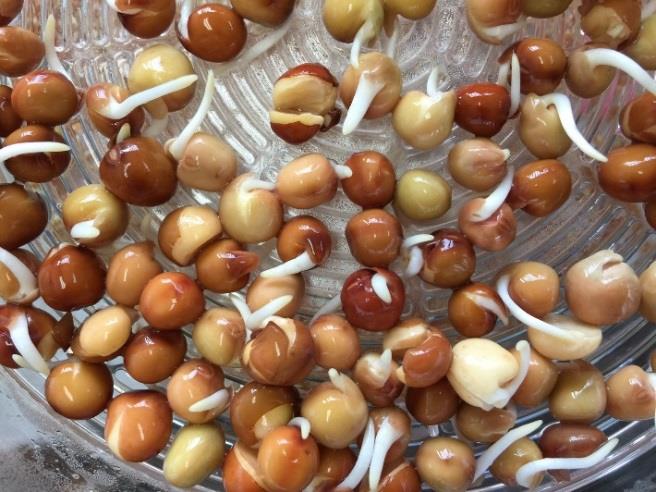 .
. 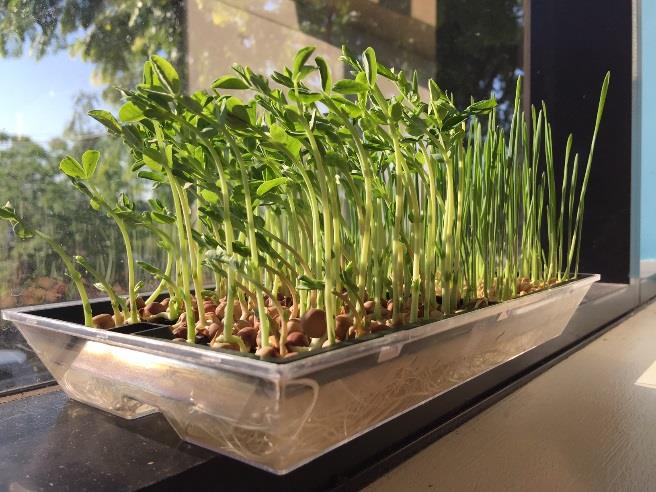
This is largely dependent on personal preference – some like to eat them as soon as they start to germinate, others like a bit higher plant-to-seed ratio. However, the larger the seed, the less growth you would usually want. This is mainly because the large seeded varieties like Snow Pea start to grow fairly large roots very quickly and often the roots can be the least appetising part of the plant. But if you like the more mature shoots of for example Snow Peas or Wheatgrass, grow them in a Microgreens tray where you can cut off the seed and root and only eat the shoot. The next section will take you through growing Microgreens in more detail.
Can I grow normal garden seeds as sprouts?
Normal garden seed varieties do not go through microbiological testing like the Sprouts Alive seeds do. This testing is important because you will consume both the plant and the seed itself, and we want to ensure the seeds don’t carry pathogens like salmonella or e-coli. However, you can grow normal garden seeds as microgreens, as then you will consume just the plant and not the seed.
Can I feed sprouts to animals?
Yes indeed you can! Sprouts are just as healthy and delicious for animals as they are to humans. Particularly birds like budgies and chickens absolutely love all types of sprouts. For dogs we recommend varieties like clover, alfalfa, broccoli, lentils & mung beans. Just grind the sprouts in a food processor before mixing them into the dog food. We all know that cats love cat grass but wheatgrass is also good for them. If your cat won’t eat the wheat as sprouts (seed and all), grow them as microgreens so they can chew on the leaves. Wheatgrass is also excellent for little critters like rabbits, hamsters and guinea pigs.


